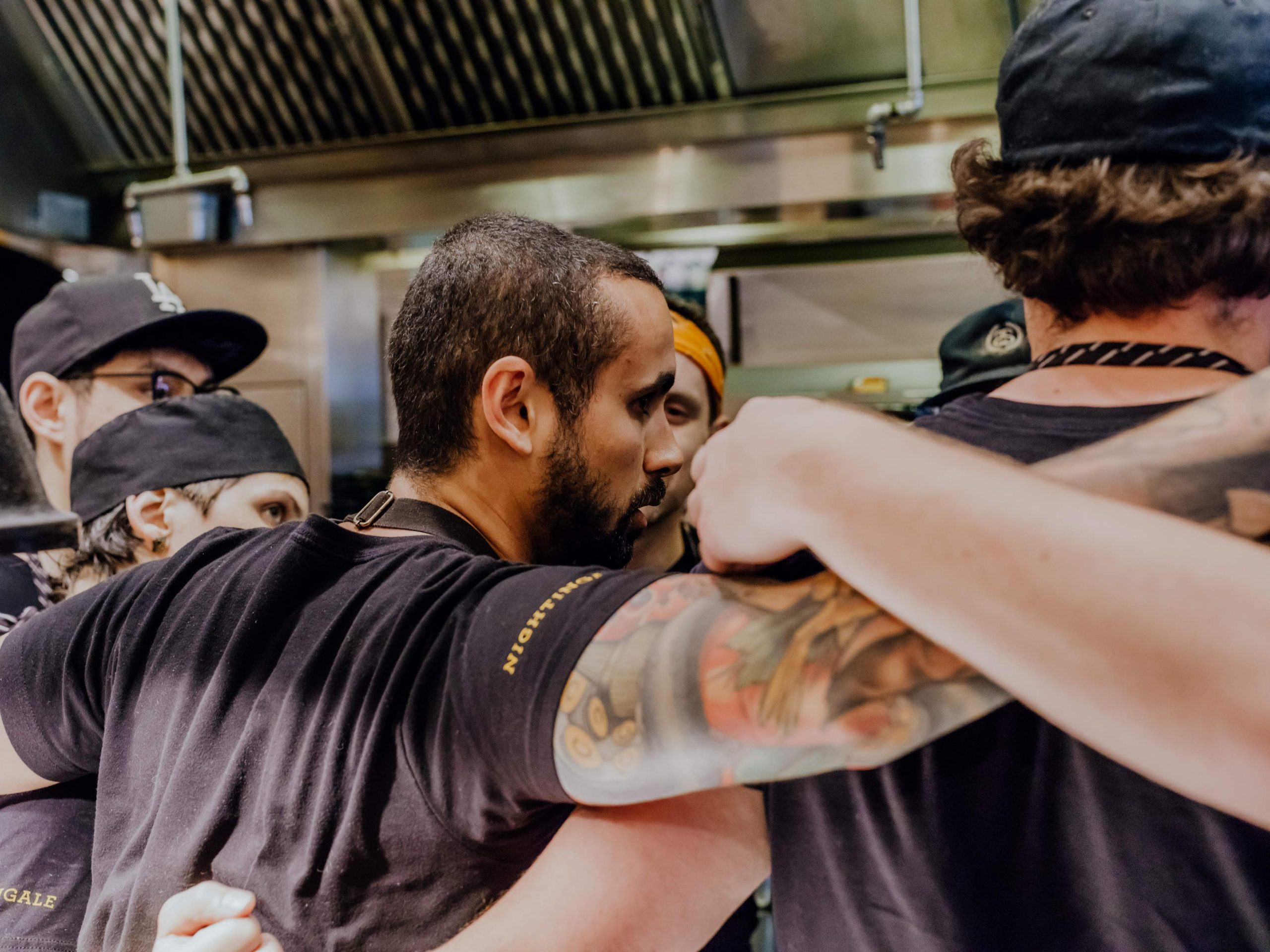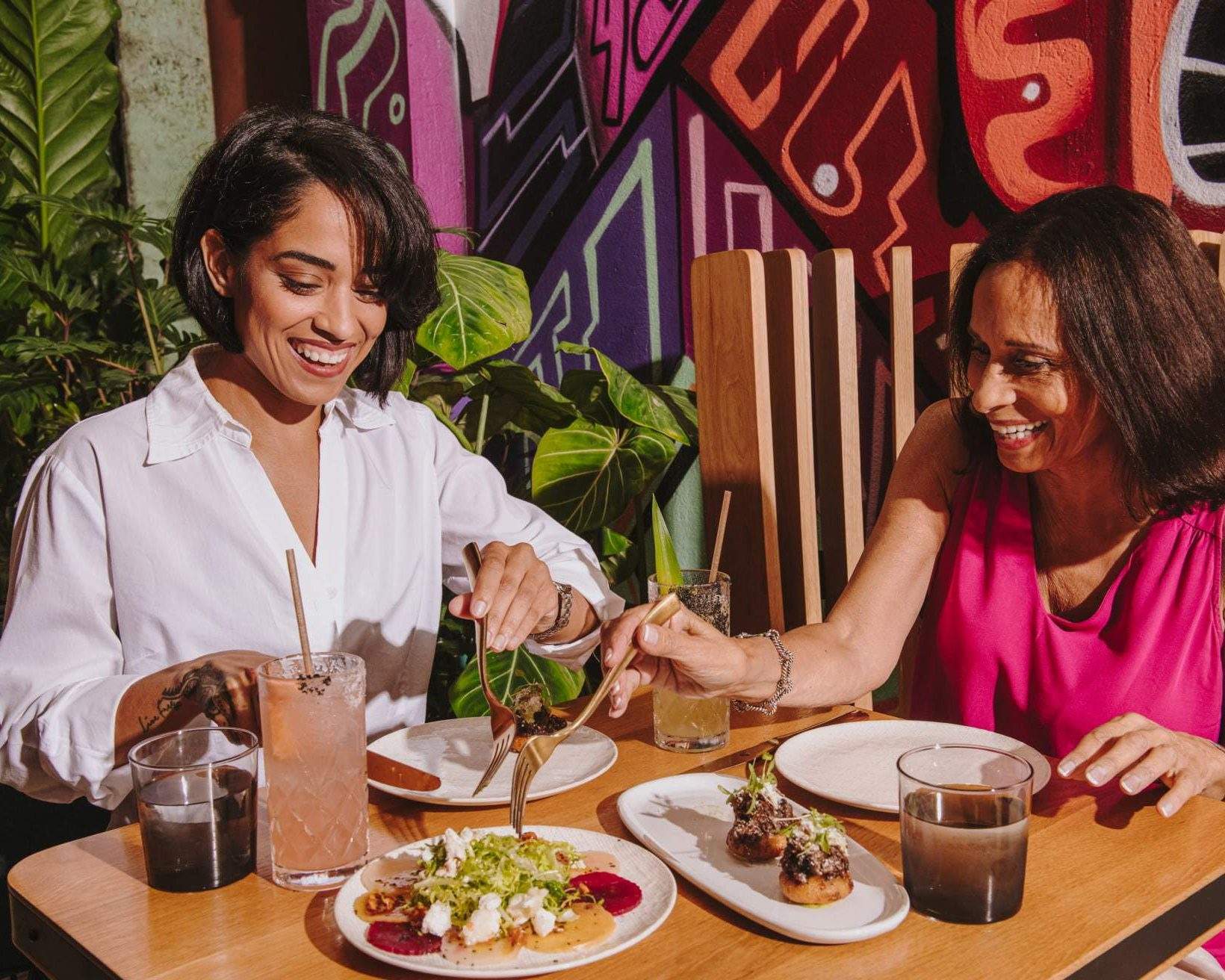The restaurant business is not for the faint hearted. A new year presents new opportunities and new challenges for the industry. Here are four key emerging trends and challenges in the restaurant world for 2020.
1. Reputation management to take the sting out of bad reviews
The Yellow Social Media Report 2018 revealed that 22 per cent of customers who posted negative online reviews said that a response from the business could change their mind. Those figures are driving restaurateurs to place more significance on online reputation management.
However, BrightLocal’s Online Reputation Management Survey found that while 87 per cent of respondents said that a positive reputation is ‘very important’ to their business success, 50 per cent admitted they don’t have enough time to put into online reputation management.
In 2020, more restaurateurs should start considering the impact this will have on creating customer loyalty and will look to solve that time crunch with reputation management software. These platforms consolidate reviews from multiple online sources making them easier to track and evaluate. Many also enable restaurant owners to easily identify and quickly respond to negative reviews via a single online portal.
Sven Almenning, managing director of Speakeasy Group, believes that reputation management is an ongoing process and restaurants must consistently reach out to guests long after they’ve left the venue.
“We want to stay in ongoing conversation and dialogue with our guests and make sure they come back,” he says. “We never treat it as a stop-start relationship. We try to ensure that our venues are part of our guests’ drinking and dining repertoire, and we reach out in a number of different ways.”
2. Brand alignments to unlock new markets
Restaurants will likely seek to align with trusted third-party brands to make new in-roads into related markets. The travel market presents great opportunities for restaurants in 2020. According to Austrade, international visitors spend more than $40 billion per year in Australia. Tourists’ food and drink spend has been steadily increasing year-on-year from $3.6 billion in 2009-10 to $5.7 billion in 2016-17.
Additionally, Research from GlobalData reveals that a destination’s food offering is a deciding factor in the choice of holiday venue for 27.6 per cent of global travellers.
“Given that people travelling abroad are increasingly seeking authentic and transformative travel experiences, local cuisine provides them with a unique lens through which they can better understand the history, people and the culture of the destinations they visit,”
says Konstantina Boutsioukou, Consumer Travel Analyst at GlobalData.
According to OpenTable data, 23 per cent of online bookings at Australian restaurants in 2018 were made by travellers. To maximise your reach into that market, work with partners that have established pre-existing trust with an audience that is travelling into Australia and can therefore make influential dining recommendations.
Pre-existing trust is built when a diner uses the brand in their home country. So when they arrive in your city, it’s natural that they’d turn to the same trusted brand in an unfamiliar destination.
3. Prioritise work/life balance to improve wellness
There’s no denying that the restaurant business is a tough gig. Long working hours and ongoing stress can take a toll on your health. And general fatigue can be extremely dangerous in the kitchen.
A concerning 79 per cent of respondents to a Unite survey of professional chefs said they have had an accident or a near miss due to fatigue. More than half said they had suffered from depression due to overwork, and almost 70 per cent said their work hours impact on their health.
And the numbers don’t get much better if you’re not in the kitchen. A joint MYOB and Beyond Blue study recently reported that 56 per cent of small business owners experience mental health issues.
Taking time out to focus on your own wellness will be vital for restauranteurs in 2020 and beyond. That can be tough for busy restaurant owners, but the good news is you can choose to stay connected while taking time away from your venue.
The rise of owner apps is enabling restaurateurs to stay connected with important KPIs via their smartphones while enjoying some much needed time off site. In other words, you keep access to the meaningful things, without the stress of having to be always present in the business.
4. Business intelligence to improve profitability
Using data to improve profitability was the most popular objective for businesses in 2019. That’s according to the Wisdom of Crowds Business Intelligence Market Study, and a range of new innovations in software will make it easier than ever for restaurant owners to turn data into actionable insights in 2020.
Modern table management tools have in-built business intelligence tools to help you understand restaurant performance by identifying areas you can reduce costs and increase investment in new opportunities. It gives you a real-time view of your daily business operations with valuable forecasting that will inform more tactical decisions to increase your top line profits.
For example, the right tools can help you identify occupancy trends and forecast demand, and deep insights about your restaurant can increase profitability by intelligently optimising busy shifts and seat more guests. Insights like these can also reveal where your guests are coming from and more.
In a cluttered marketplace with ever-increasing competition for diners, the restaurant business will remain challenging in 2020. But rapidly developing technology is providing innovative solutions to emerging problems and helping restaurateurs work smarter than ever before.




